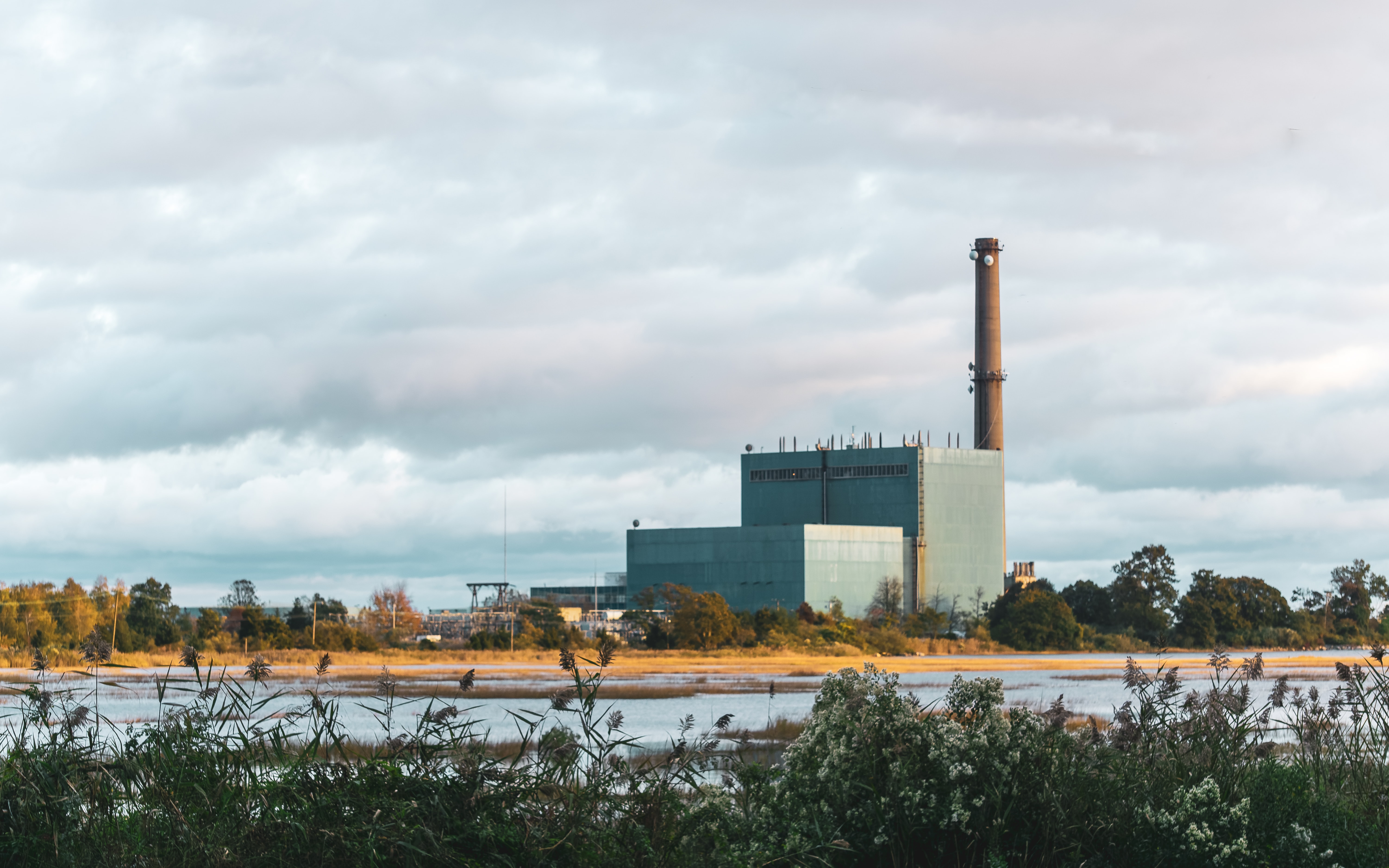We connect global atmospheric carbon flows to regional carbon markets to create bankable supply / demand forecasts




Carbon markets need to work better

Emitters don't know where they can buy offsets or credits from.

The markets can and have been violently disrupted by different policies.

There is a great deal of future and even current pricing uncertainty with carbon credits and offsets.
We regularly update our supply and demand curves by using the latest atmospheric data to know how much facilities are emitting up to a year before official publications.
We keep close tabs on government announcements, committee meetings, policy publications, and political momentum to create a risk profile for carbon credits and offsets.
We examine the current production and consumption of carbon credits and offsets, what the underlying drivers are, and create forecasts until 2030.


Demonstrate how carbon markets are reducing CO2 emissions by connecting them to the broader carbon cycle.
Make carbon markets more transparent by developing market forecasts and publications.
Connect emission reductions efforts to the broader carbon cycle to enable new mechanisms of reaching net-zero.
Our team of market analysts takes a deep dive into each of the regional carbon markets, studying the historical emissions, proposed projects, and production projections to create long-term forecasts for the demand for carbon credits, carbon offsets, and fuel blending obligations.
This information gets uploaded to our various region-specific dashboards to provide you with detailed views on all aspects of these markets.
We recognize the impact that changing governmental policy has on carbon markets. As such, we model the outcome of various scenarios on each of the regional carbon markets and allowusers of our platform to view the short and long-term impacts of different policy scenarios.
Our team also provides a feed of relevant policy updates, so you can stay on the edge of policy and other carbon-related news.
As we model emissions from an atmospheric perspective, we are extrapolating the impacts of nature-based credits, industrial activity, and other carbon reduction activities to factor into our market models.
We are actively modelling atmospheric greenhouse gas emissions, in order to develop a holistic view of the carbon markets and the environment.







Sign up for our Freemium plan to get access to the Carbon Intelligence Platform, and get in touch with us to start a free trial of our Premium market forecasts.